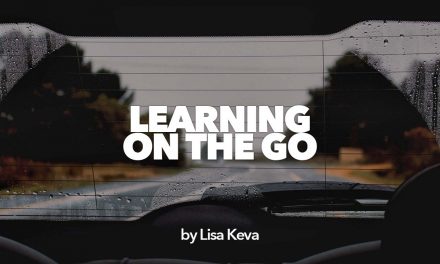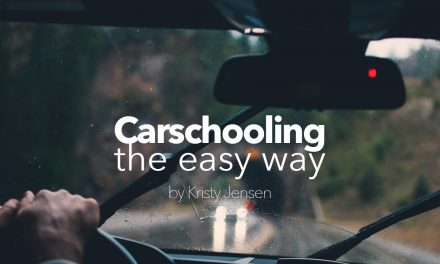This is a topic that is near and dear to our hearts here at Rainbow; in fact, our company was born out of this desire to stretch that one income by recycling used curriculum, then with low prices on brand-new items made possible with volume purchasing. But even with ‘bargain shopping’, the reality is that there is a cost associated with homeschooling. The average family will spend $500 per child for homeschooling materials, and while this is significantly less than the typical cost per child in the public school system ($10,000+/year), individual families may be on either end of this spectrum.
While using the internet and library will provide inexpensive or free resources, it often becomes time-consuming to piece together the necessary components of a year-long education. When my children were younger, some homeschool years were leaner than others; I often found creativity to be my greatest asset, but the things I consistently sought out were quality reference books that my children could use over and over again, to study a specific topic more in-depth. And in the leaner budget years, these reference books quickly became my guide for pulling together our studies.
There are a few resources that I considered “must haves”.
Encyclopedias and dictionaries were always at the top of the list, along with versatile, multi-grade products like Spelling Power or Natural Speller and Family Math or Kitchen Table Math. Quality encyclopedias include the Kingfisher History Encyclopedia and the Usborne Science Encyclopedia which are both from secular publishers. If you prefer evolution-free encyclopedias you may be find these new offerings from My Father’s World and Master Books to be exactly what you are looking for: DK History of the World or World of Science. Other great resources to have readily available that will save you time and money in the long run include a combined dictionary/thesaurus (a great space and money saver!) as well as a quality desk globe or U.S. and World wall maps.
By having a few quality multipurpose resources available that you can use across a wide grade range, you will find that you can easily turn to the library and internet to supplement your curriculum. These multipurpose resources and tools will also likely spark your children to find answers to the questions that plague them, ultimately giving them a love for learning and, dare I say, research, which will serve them well in the future regardless of the path they take!
I would also love to hear from you! Comment below and share what budget-friendly items you’ve found to be helpful.
— Deanne Crawford





